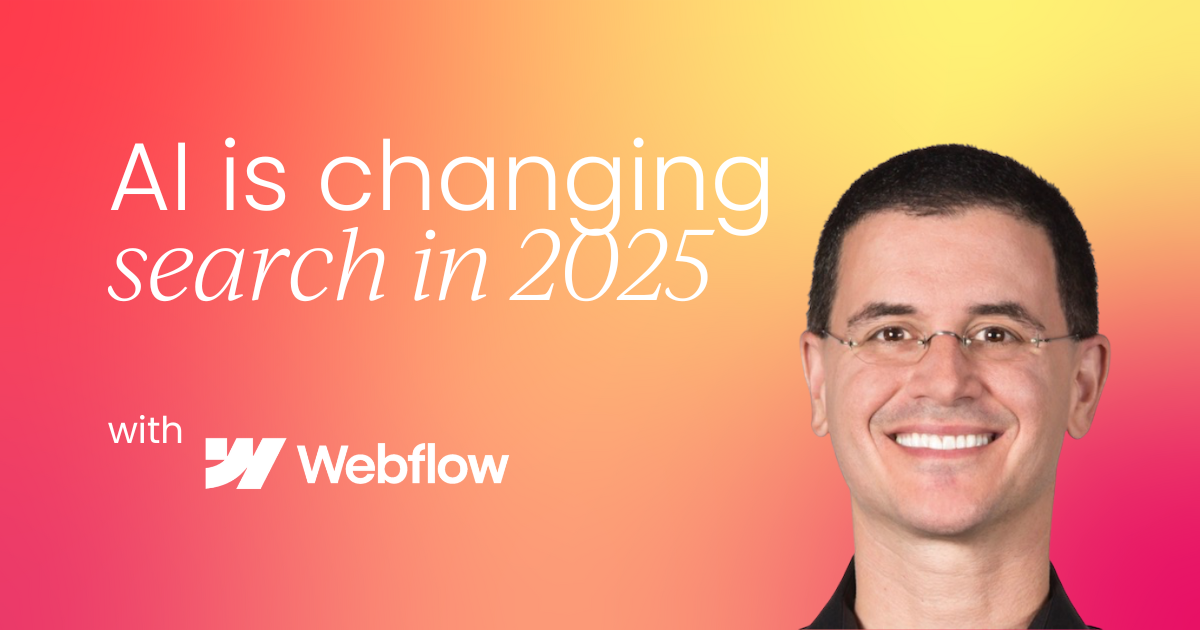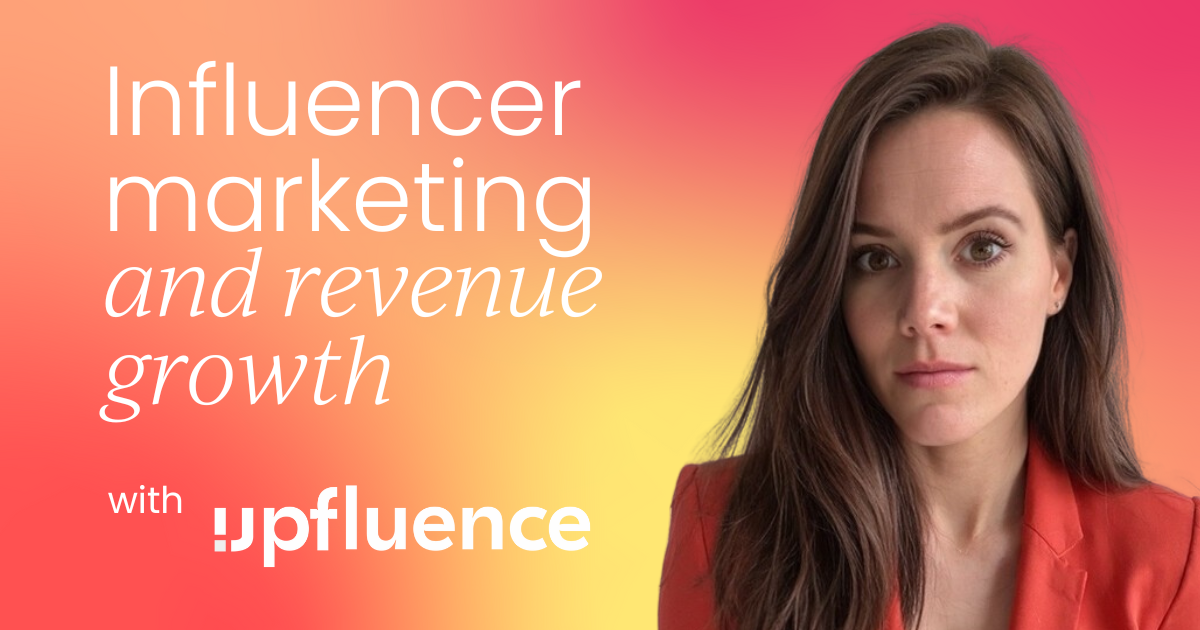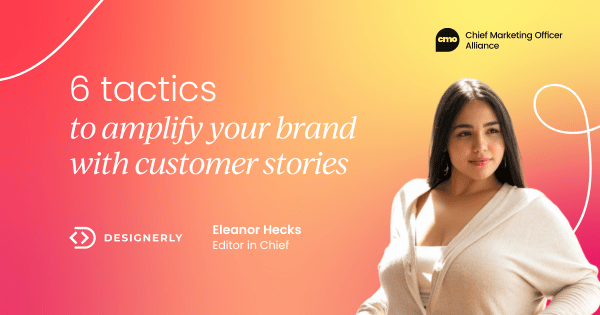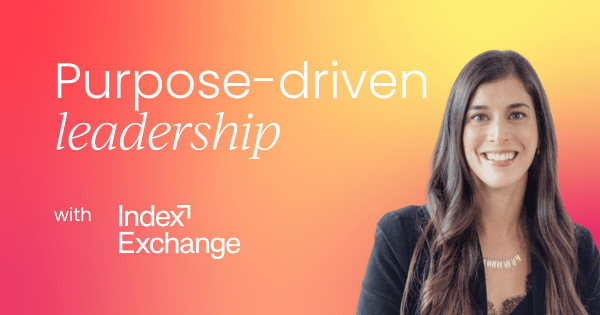Is purpose-driven leadership the key to future-proofing your business?
Increasingly, the answer is yes.
Companies today are expected to stand for more than just profits – they need to show real commitment to diversity, equity, inclusion (DE&I), and sustainability.
At the heart of this is your brand. Contrary to popular belief, a brand isn’t just your logo or color scheme. It’s who your company is – your mission, your values, your people, and the experience you deliver. It’s the reputation you build over time and how your customers and employees see you every day.
That means DE&I and sustainability can’t just be side projects. They’re essential pieces of your brand’s identity, shaping how you show up in the market and how you connect with your people – which, as a CMO, you’re uniquely positioned to influence.
So, in this article, we’ll explore:
- Why DE&I and sustainability are vital to your company’s long-term success.
- How to create authentic alignment between internal culture and external messaging.
- How you can champion meaningful change and future-proof your brands.
The rise and the reality of DE&I and sustainability
We’ve all witnessed the swift rise of DE&I and sustainability conversations across companies over the past decade.
The Paris Agreement in 2015 put early pressure on companies to be more sustainable, but things really accelerated after Amazon launched its Climate Pledge in 2019. Since then, many companies have set targets for carbon reduction, along with increasing regulations around measuring, reporting, and target-setting.
Similarly, DE&I conversations surged after the murder of George Floyd in spring 2020 and the rise in hate crimes that followed. As these issues gained media attention, employees raised concerns, and more companies started taking a stand, accelerating plans to address these important challenges.
Navigating pushback and staying future-focused
Fast forward to today, and we’re seeing signs of a downward trend. Articles are suggesting DE&I is under attack and sustainability is falling by the wayside.
Why? A few reasons stand out:
- A divisive political environment
- Economic uncertainty, with layoffs forcing companies to prioritize short-term revenue and growth
- Companies that took a stand initially but didn’t integrate these values into their long-term strategies
But as marketers, we know the importance of understanding our customers and employees. We have to help our companies anticipate where these trends are headed. Despite the headlines about DE&I functions being cut or companies revisiting carbon goals, now is not the time to get swept up in that noise.
Instead, we need to think long-term and focus on future-proofing our businesses. Because at the end of the day, purpose-driven leadership is what will keep your company resilient and relevant.
Future-proofing your business through DE&I and sustainability
As marketing leaders, the first thing to understand is that DE&I and sustainability aren’t just nice-to-haves – they’re business imperatives. If your pitch is just about doing good in the world, that might not cut it in today’s budget-constrained environment.
Investing in DE&I and sustainability initiatives is about long-term growth for your company. You can think about this in two key ways: the workplace and the marketplace.
Why it matters in the workplace
On the workplace side, think about the expectations of your current and prospective employees. There are plenty of studies showing the positive impact on companies that invest in societal issues.
For example, Edelman’s Trust at Work special report in late 2023 found that 71% of employees say societal impact is either a strong expectation or a deal breaker when considering a job. That’s just 12 points behind career advancement potential. Employees want companies to reflect their own values and to offer meaningful work that feels purposeful.
Plus, we’ve all seen the stats that show how hiring and fostering a diverse workforce – one that brings different perspectives, experiences, and ideas – leads to better productivity and success. Companies that invest in social impact and actively include their people in driving that change are more likely to attract and retain great talent.
The opportunity in the marketplace
On the marketplace front, the numbers make a clear case for being an inclusive brand – and these are the stats you need to bring to your CFO, CEO, investors, and shareholders.
There’s an estimated $5.4 trillion in spending power from underrepresented groups. And it’s projected that by 2045, the groups that are now considered minorities will make up the majority of the US population.
The world is changing, and so are markets. Customers, like employees, want to connect with brands that have transparent values and are genuinely doing good for society. From an inclusion perspective, people want to support brands that see them and buy products that feel made for them.
Inclusion in action: The Barbie example
This isn’t just theory – it drives real business results. One great example is Barbie.






.png)









 Follow us on LinkedIn
Follow us on LinkedIn




